5 Relevant Ways to Boost Your Product Discovery Process in Ecommerce

Keep the good stuff coming
Subscribe to our blog newsletter and get monthly content that helps you manage product data smarter.
No spam. Just real value.
Just like in brick-and-mortar stores, ecommerce brands should cater to both types of shoppers at all times: the shopper looking for a very specific product and the shopper that simply has an idea of what they’re looking for but they're browsing.
Let’s look at an example:
The former type of shopper will search for “white sneakers”, while the latter will search for “Christmas gift ideas.” Both these shoppers are potential customers.
In a traditional shopping setting, shoppers will go in knowing exactly what they want, or they will seek the help of a shop assistant and ask for recommendations. But when shopping online, they can’t get the assistance they would in-store. So, they rely on product data to guide them and help them narrow down their search.
If both shoppers cannot find what they’re looking for or get overwhelmed by too many options, they will drop off your online shop. This result highlights that you were unable to provide your customers with a solution to their problem and/or need, which also means that your content doesn't support discoverability.
What is product discovery?
Product discovery is how customers find and explore your products.
It’s about understanding your customers’ product search intent and presenting them with products that are highly relevant to their search. It's a concept that aims to remove any friction that customers may experience between search and purchase stages. Ultimately, it enhances customer experience and increases conversions. However, for product discovery to yield those results it has to be effective. And to do that, you have to improve your product content through product listing optimization to ensure that it is relevant for both shoppers.
Ways to improve your product discovery
Bettering the product discovery journey for your customers involves:
- Clearly categorized pages
- Clear taxonomy structure
- Intuitive navigation
- Optimizing on-site search
- Providing essential filtering options
- Offering personalized content such as product recommendations
- Offering inspirational content such as related items
Depending on the ecommerce platform you use, it can be effortless to achieve parts of this. For instance, WooCommerce’s Product Search extension is designed to help your customers find and buy the right products quickly.
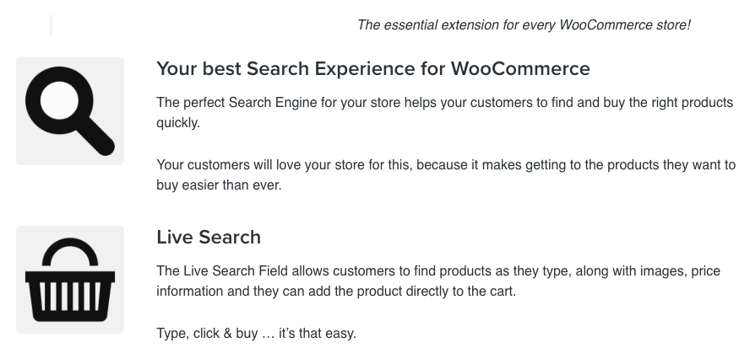
When you really get into the concept, product discovery requires so much more than that. It asks that you think outside the box and consider what will pique and keep your customers’ interest to a point that they end up making a purchase.
So, how do you get it right?
1. Deliver on expectations
Customer expectations have evolved beyond fair pricing and good quality service.
They're spoiled for choice and are very fickle, which means they’re keen to switch brands at a second’s notice if they don’t get quickly what they are looking for.
In short, they want a coherent multichannel journey. Now, more than ever, they expect their shopping experiences to be quick, seamless, and intuitive across all touchpoints. They want to visit your web store and switch to your social platforms without any friction; which they're not getting. According to this, three-fourths of all customers say they want consistency across all channels when dealing with a brand, and yet only 29% of customers believe they get that consistency. It also suggests that companies with robust omnichannel customer engagement:
- See a 9.5% year-over-year increase in annual revenue, compared to 3.4% for companies that don’t have one.
- Retain on average 89% of their customers, compared to 33% for companies with weak omnichannel customer engagement.
A great example of a brand that kills it at multichannel, omnichannel service and delivers on customer expectations is Oasis, a United Kingdom-based fashion retailer. Oasis fuses offline and online in a way that creates a seamless and delightful experience for its customers. The brand supplements its brick-and-mortar with an online shop and mobile app for a better shopping experience.
At its stores, you’ll find sales assistants with iPads that customers are provided with to check any product information on products they want to learn more about.
The sales assistants can also use iPads to complete a customer’s transaction no matter where they are in the store. What’s more is, if there’s a product a customer wants but is unavailable in-store, the sales assistants can order the product online and set it for delivery at the customer's chosen location. How convenient!
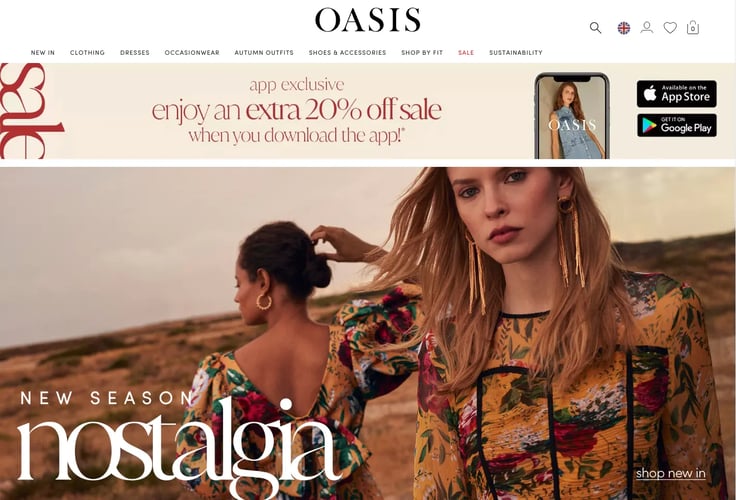
2. Provide unique value beyond price and product
Gone are the days where customers shopped with brands simply because they loved the brand’s products. Nowadays, customers want more out of the brands.
They prefer to shop with brands that share similar values. In fact, this report shares that 83% of customers emphasize "value alignment" when shopping, and 62% will shop with a brand that supports their political and social beliefs.
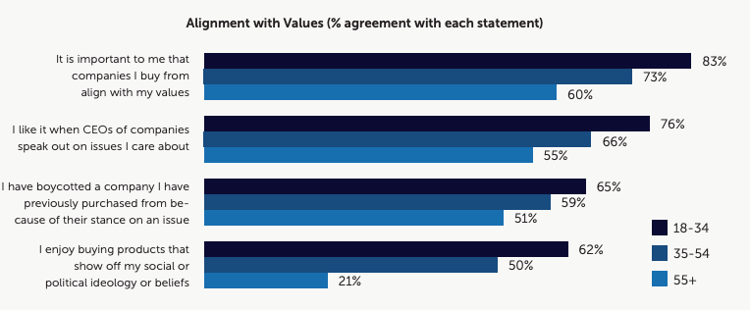
McKinsey partner, Bo Finneman, says that Gen-Z wants to breathe a new life into corporate responsibility. “They’re looking beyond tangible products and actually trying to understand what is it that makes the company tick. What’s its mission? What’s its purpose? And what is it actually trying to build for us as a society?"
Package Free is a brand that offers value beyond price and product. Their sustainability brand message is loud enough to melt the hearts of everyone who cares about the environment. These are customers who are interested in shopping for products that are environmentally friendly and ethically sourced.
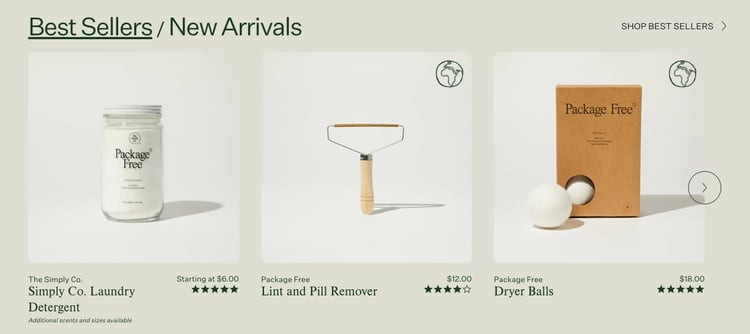
According to a Deloitte study, 43% of United Kingdom customers have, in the last 12 months, chosen to buy from brands that produce sustainable packaging and adopt circular practices. Additionally, 34% of UK customers are willing to pay more to buy products from such brands, which highlights that when you offer an aligned value customers are prepared to reward you for it.
3. Inspiration that evokes FOMO
Often, brands overlook customers who browse without a specific product in mind, which means they leave money on the table. When you cater to customers who start the shopping journey with “I need”, you’re intuitively meeting a need that even your customers haven’t fully realized yet. You also stand a greater chance of influencing their purchase decision using Google's “micro-moments" analogy.
These are the type of customers who need inspiration for what to buy, and therefore, turn to search engines to explore their options and discover brands and products. Google further explains that “most people aren't brand-committed in these top-of-funnel moments: 90% of smartphone users say they aren't absolutely sure of the specific brand they want to buy when they begin shopping.”
That presents you with an opportunity to step in and show them that you have exactly what they’re looking for. According to Statista, 77% of customers say social media platforms helped them discover brands and products they’ve never thought of before, and 70% say social platforms helped them decide what to buy.
This is especially important in an era where inspiration is everywhere; on search engines, brand web stores, marketplaces, and social media platforms.
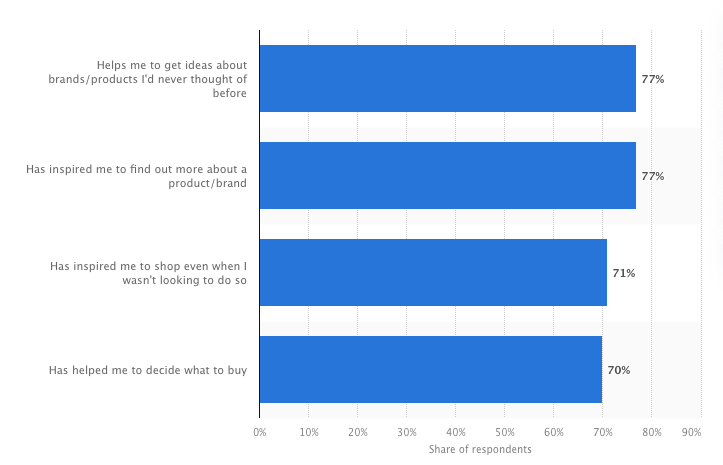
California-based handcrafted bracelet and lifestyle brand, Pure Vida Bracelets is a prime example of how to use inspirational content to encourage shoppers to buy. In addition to “Best Sellers'' and “Recommended for you'' personalized content, the brand’s web store pages contain a “Styled on Instagram'' section, which highlights how other customers style the accessories they bought from the brand. And, when you hover over the images, a “Shop the look” call to action button appears, and when you click on it, you can easily add all of the items from the look if you want to replicate the look as it is shown.

4. Individuality matters
A company that realizes that each customer has an individual taste, style, or preference, and delivers that, will likely capture customers' long-term loyalty.
Individuality is about giving each customer a shopping experience that’s relevant and personal to them. You can show your customers that you know them through personalized search, promotions, and product recommendations.
Marketplace giant, Amazon, takes the prize for offering individuality to shoppers. The iconic brand has a personal shopping service, Personal Shopper by Prime Try Before You Buy, which is exclusive to Prime members. The service asks customers to complete a survey about their styles and fit preferences. A team of stylists will use this information to provide individual personalized recommendations from more than half a million items across brands on the Amazon portfolio.
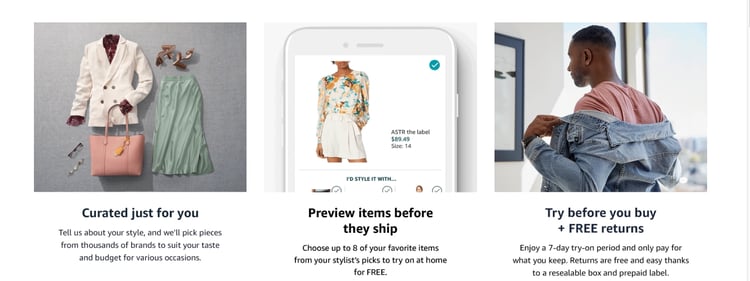
As you can see, product discovery boils down to showcasing individuality, value, inspiration, and exceeding expectations. Now, all that’s left for you to do is to optimize your product information database to reflect all of these. To do this effectively and efficiently, you need a product information management (PIM) system that’s created to take your product information to the next level.
A PIM tool to enhance your product discovery process
A PIM for ecommerce is designed to make product catalog management as simple as it should be! With Plytix, for instance, creating, storing, organizing, and updating product data is ridiculously easy. This means you won’t spend days trying to modify your product content in a way that will make them discoverable by all types of shoppers. Additionally, with a PIM tool like ours, you can create product sheets with all of the new product information to use wherever and whenever necessary.
If you’re ready to improve customer satisfaction with PIM, get started today!

What if your product data actually worked for you?
We’ll show you how Plytix helps you stop fixing data—and start using it.
Related posts
Keep the good stuff coming
Subscribe to our blog newsletter and get monthly content that helps you manage product data smarter.
No spam. Just real value.
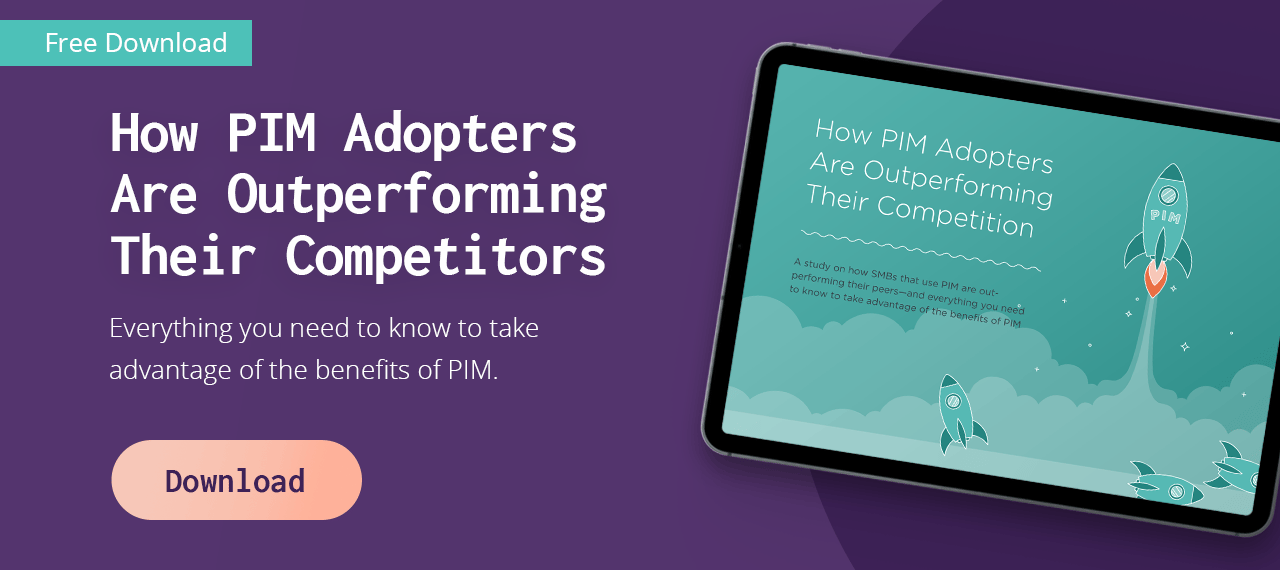
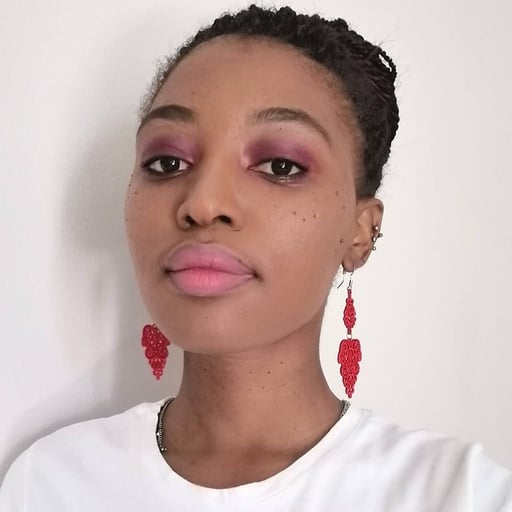




Think others should see this?
Go ahead and share it.